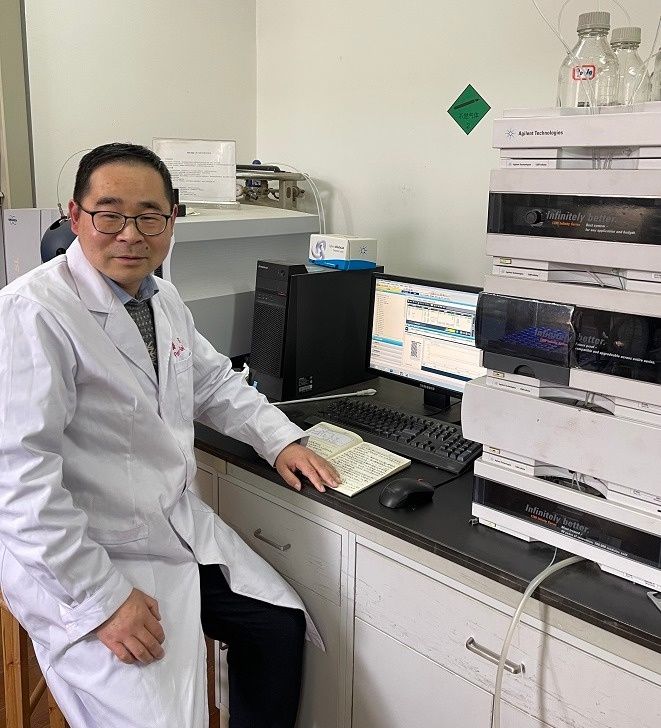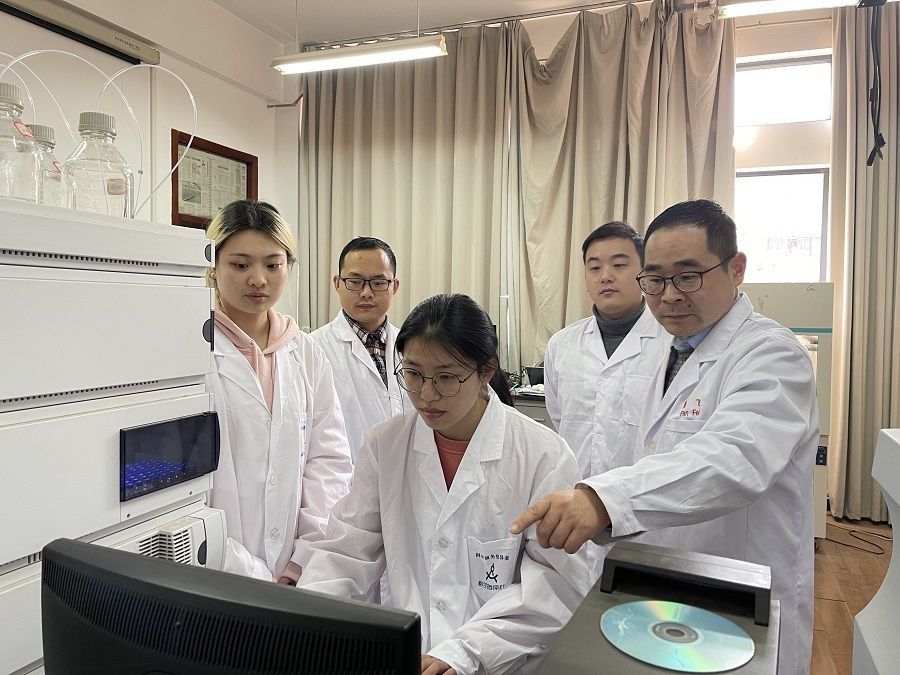Changjiang Daily, Wuhan Client, March 22 (Reporter Tan Fang, Correspondent Zheng Ting) “Many people don’t know that commonly used medicines such as anti-epilepsy and blood pressure lowering and personal care such as sunscreen Products are constantly entering the natural environment, and when the concentration reaches a certain level, it will gradually show ecotoxicity to microorganisms, animals, plants and humans.” Pan Fei, a professor at the School of Environment, Wuhan Textile University, has specialized in water for pharmaceuticals and personal care products (PPCPs) in recent years. pollution problems, and new materials that can significantly increase the degradation rate have been prepared.

Professor Pan Fei, School of Environment, Wuhan Textile University.
This year, the results of Prof. Pan Fei’s team from the School of Environment, Wuhan Textile University, on the degradation of antiepileptic drugs in water, were selected as highly cited papers in the Essential Science Indicators Database (ESI).
Pan Fei introduced that PPCPs pollution is a global environmental problem, and there are two types of pollution sources: one is pollution caused by anti-inflammatory painkillers, antibiotics, antibacterials and other drugs; the other is personal Care products, including fragrances, cosmetics, shampoos, etc.

Professor Fei Pan guides students in the laboratory.
Few people will directly link water pollution with medicines, and it is even less clear that the direct and indirect discharge of medicines has certain ecotoxicity. Pan Fei told reporters that the extensive use of drugs, the excretion of humans and animals, the unreasonable disposal of waste drugs, and the imperfection of sewage treatment technology may all lead to drug pollution in the water environment.
“Drug pollution is a little more complicated than we think.” Pan Fei said that the properties of drugs “cure diseases and save lives” often make us ignore the potential threats when they enter the natural environment. A drug that kills harmful bacteria in the human body may also kill the microbes that must exist in the natural environment. It’s as if people generally dislike mosquitoes and flies, but mosquitoes and flies are of great significance to the whole of nature.
In order to explore drug pollution and solutions, Fei Pan, who is mainly engaged in the development of environmental biotechnology and the research on the environmental behavior and effects of artificial nanomaterials in the water environment, led a team to focus on this problem.
Pan Fei’s team chose the anti-epileptic drug carbamazepine as the research object, “soaked in the laboratory”, and strived to find a method for degrading the anti-epileptic drug carbamazepine in water, and to clarify its scientific laws , summarizing the theoretical principles.
With the efforts of the team, a new nanotube composite material was prepared, which can be used to degrade the anti-epileptic drug carbamazepine remaining in water. Laboratory data showed that the degradation rate was increased by 21 times and 3 times, respectively, compared to the two materials originally used. “Our research direction is to fight against these new pollutants,” said Xiao Lixi, a member of Pan Fei’s team.
[Editor: Deng Laxiu]
[Source: Changjiang Daily – Changjiang Net]